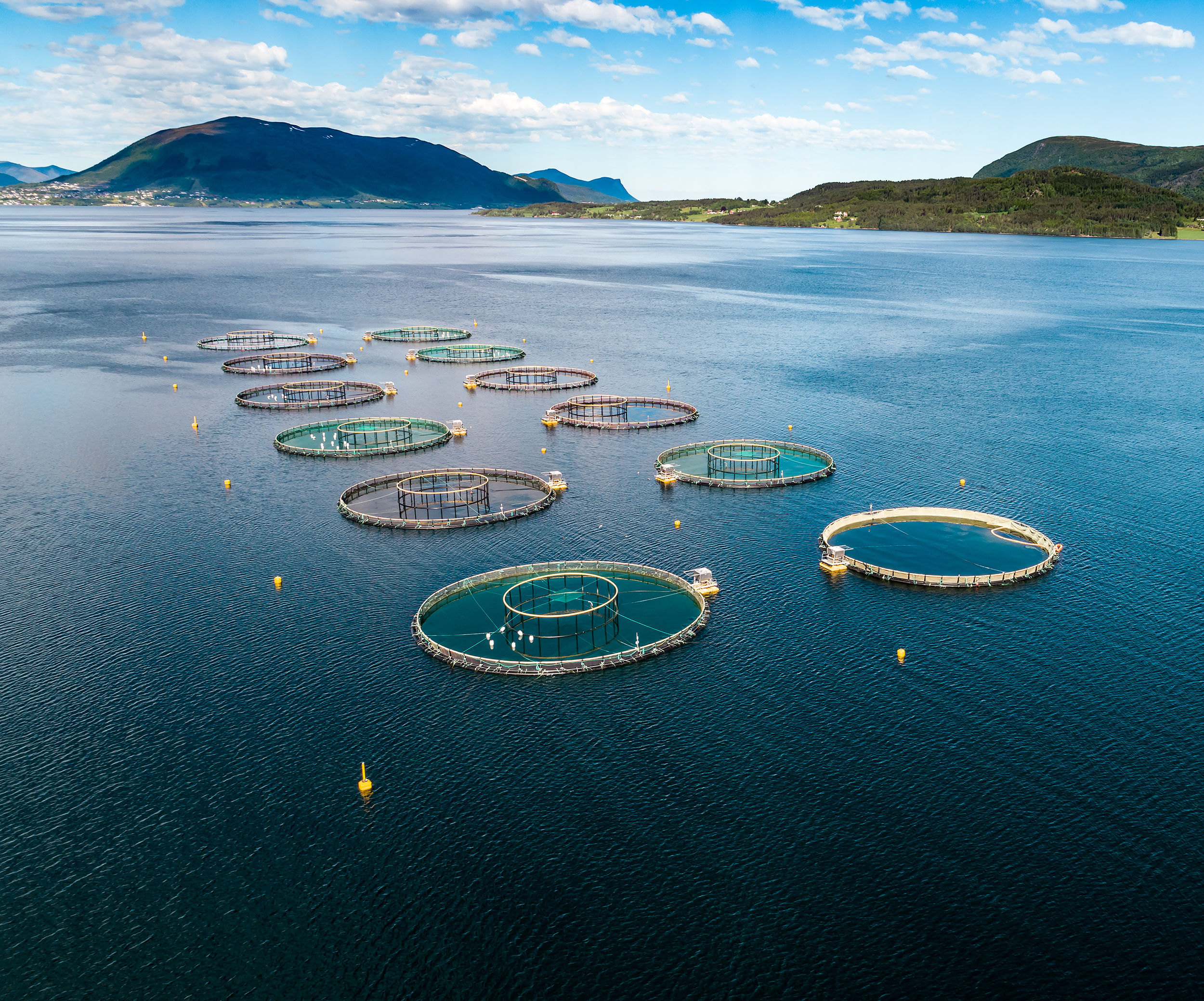Fewer, bigger farms ‘will address lice problem’

NORWAY’S Institute of Marine Research is proposing a 33 per cent plus reduction (22 per cent in biomass terms) in the number of salmon farming sites in the west of the country, which it says could play a key role in dealing with problems.
The targeted areas extend from Karmøy in the district of Rogoland to the middle of Sotra, which has one of the highest concentrations of fish farms.
The institute said it would like to see the number of sites brought down from 167 to around 100. It has drawn up a detailed report which it has sent to the government in Oslo.
Research director Geir Lasse Taranger, who has more than 25 years’ experience in aquaculture science, said that currents in fjords can create a type of marine highway able to carry salmon lice and various other infections from one plant to another.
Some of these plants actually act as junction in this highway, spreading contagion even further, he suggests.
The sites are also quite small and close together and this adds to the problem. So if a number of these plants are taken out, movement between the various farms would be reduced and this should lead to a reduction in the number of farmed salmon infected by disease and lice, he argued.
Taranger said that he and his fellow researchers at the institute have been carrying out a number of calculations to establish more accurately how lice and other infections circulate between the different sites.
‘The plan is to find those plants which contribute most to the spread of infection and take them out of production,’ he said.
He believes the reduction in sites can be done without a significant loss of biomass, simply by enlarging those sites that remain.
‘This not only makes it easier to operate sustainably, but it will also improve fish welfare,’ he maintained.
And it could also bring benefits for wild salmon. The institute has held meetings with the industry; Taranger said it was important for farming companies, the government and researchers to work together on a problem which is costing salmon companies at least five billion kroner a year.

